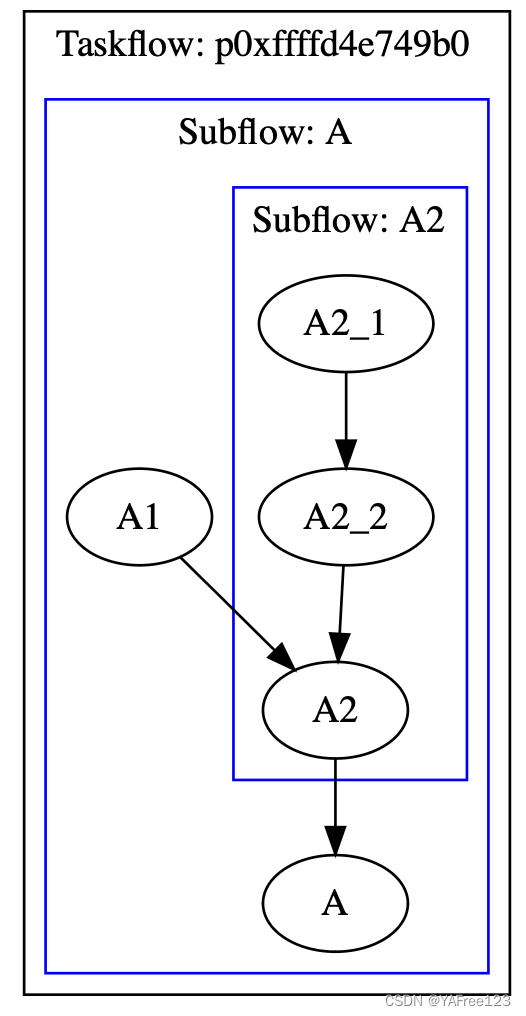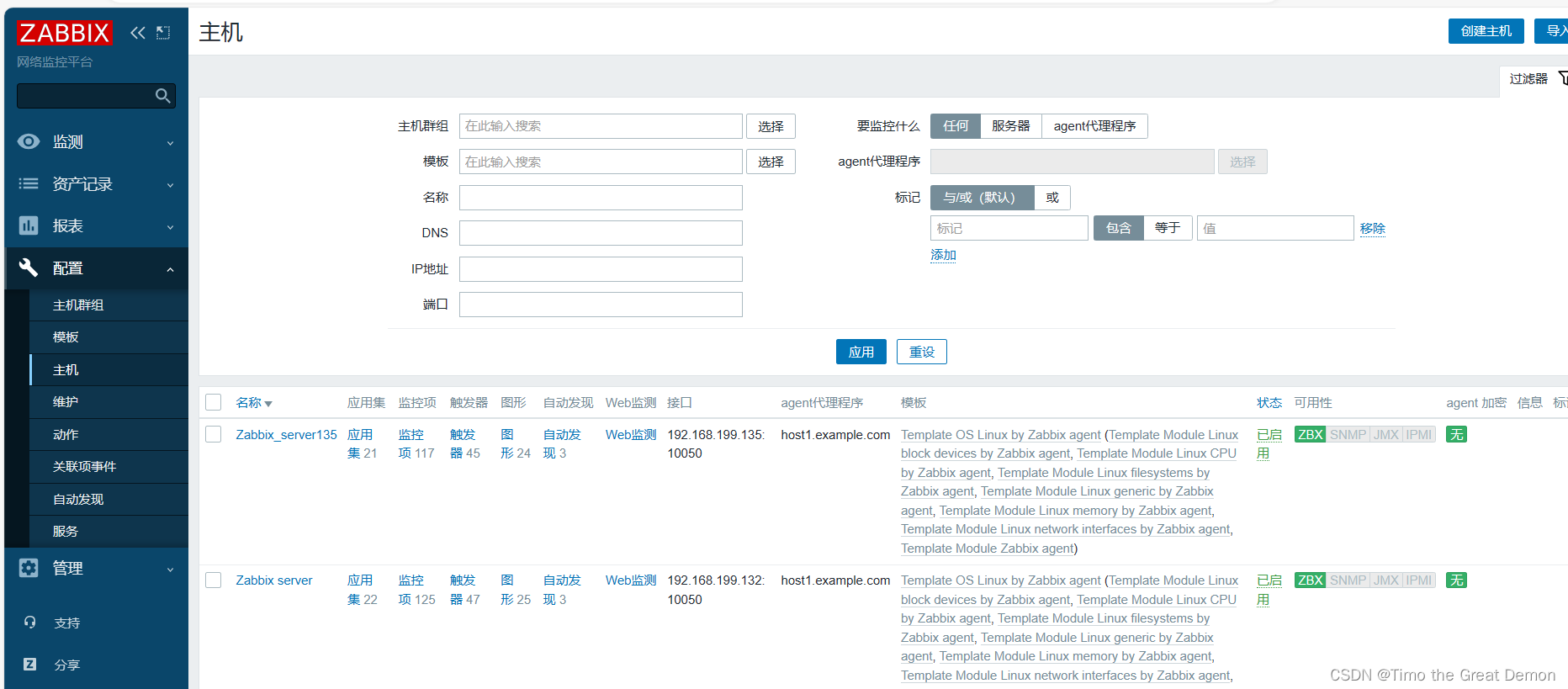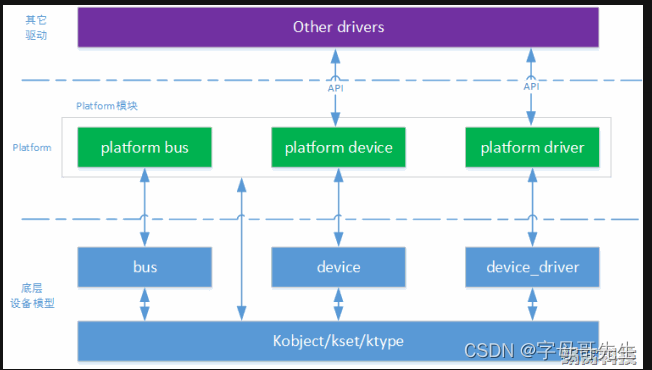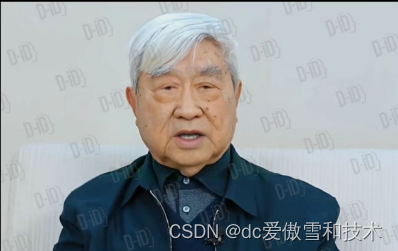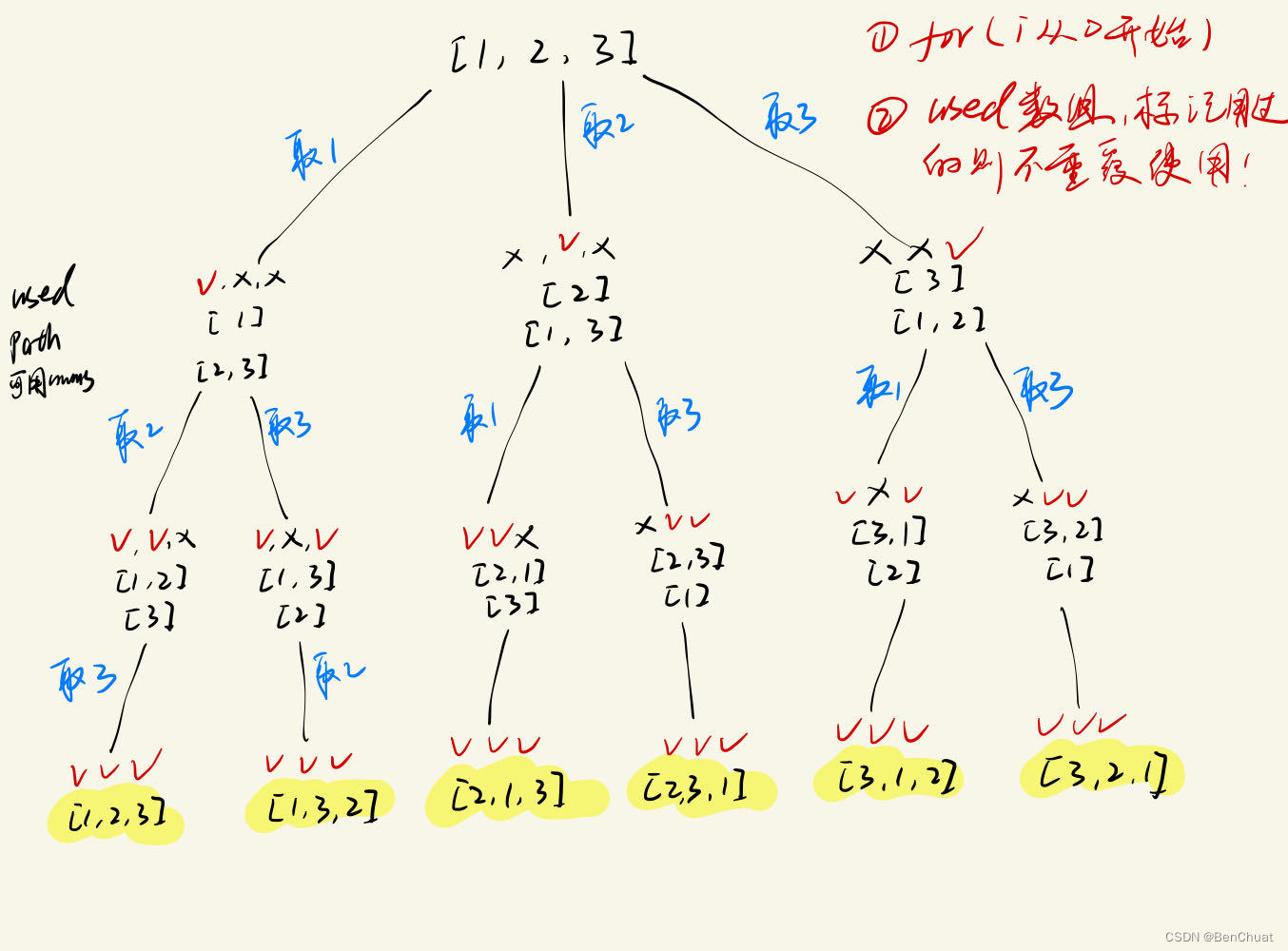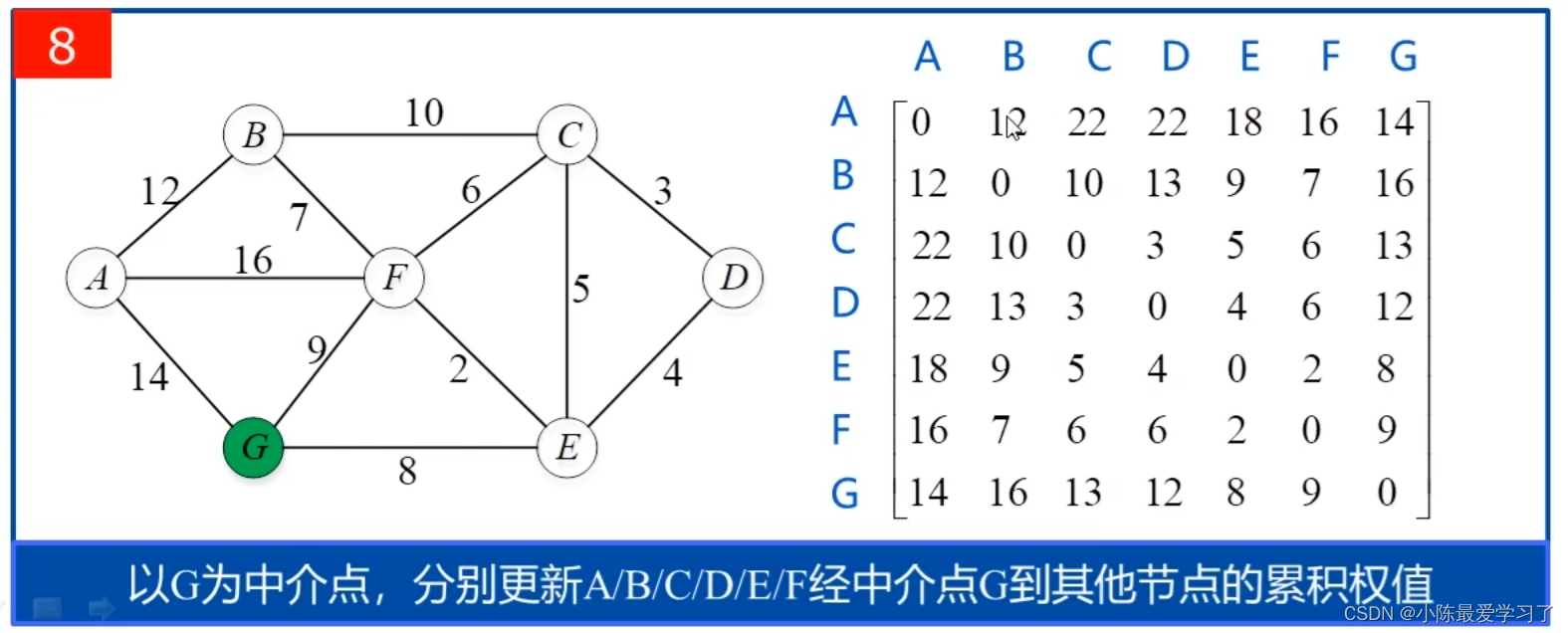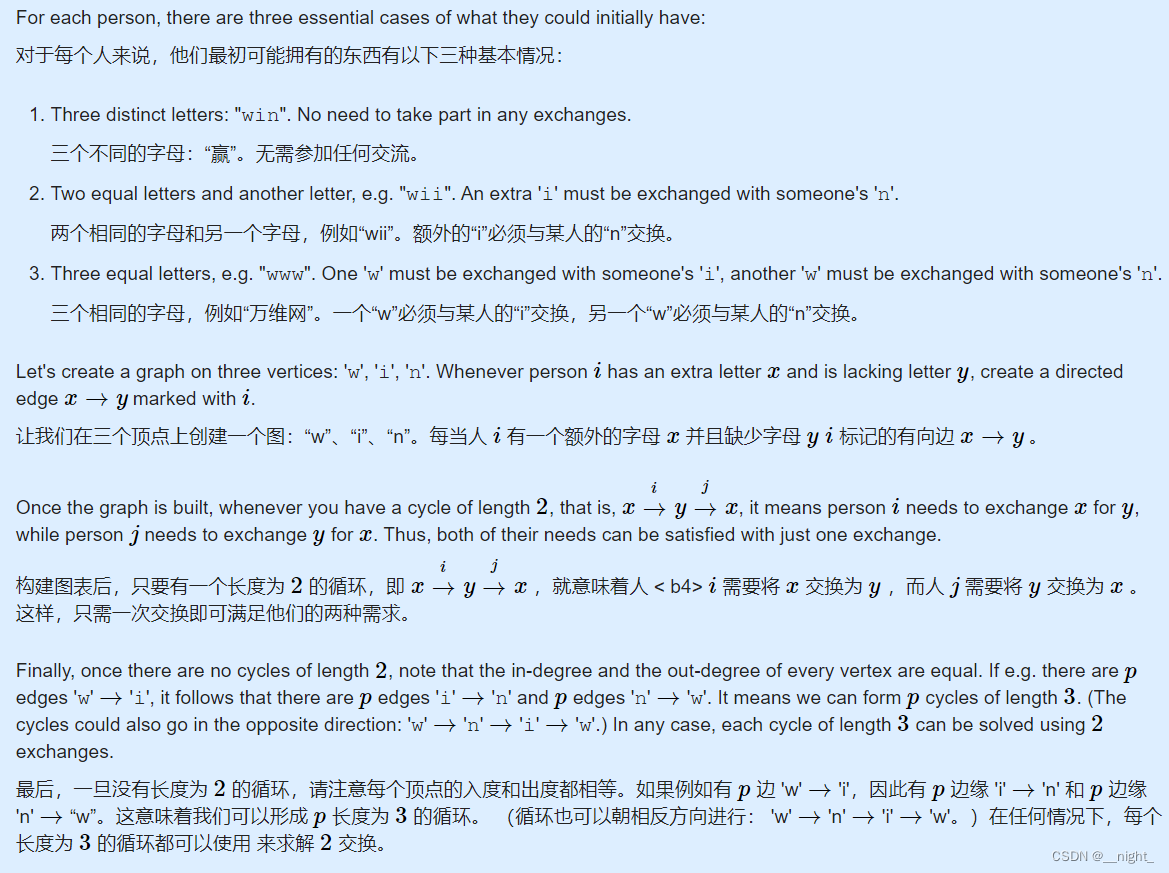练习
练习1:
定义一个学生类Student,它继承自Person类
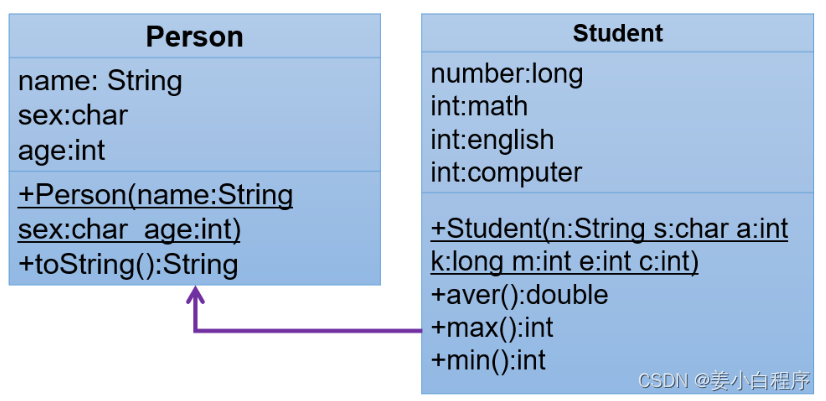
练习2:
(1)定义一个ManKind类,包括
-
成员变量int sex和int salary;
-
方法void manOrWoman():根据sex的值显示“man”(sex==1)或者“woman”(sex==0);
-
方法void employeed():根据salary的值显示“no job”(salary==0)或者“ job”(salary!=0)。
(2)定义类Kids继承ManKind,并包括
-
成员变量int yearsOld;
-
方法printAge()打印yearsOld的值。
(3)定义类KidsTest,在类的main方法中实例化Kids的对象someKid,用该对象访问其父类的成员变量及方法。
package chapter07_oop2_teacher.src.com.atguigu03._extends.exer1;
/**
* ClassName: ManKind
* Description:
* 定义一个ManKind类,包括
*
* - 成员变量int sex和int salary;
* - 方法void manOrWoman():根据sex的值显示“man”(sex==1)或者“woman”(sex==0);
* - 方法void employeed():根据salary的值显示“no job”(salary==0)或者“ job”(salary!=0)。
* @Author 尚硅谷-宋红康
* @Create 9:50
* @Version 1.0
*/
public class ManKind {
private int sex;
private int salary;
public ManKind() {
}
public ManKind(int sex, int salary) {
this.sex = sex;
this.salary = salary;
}
public int getSex() {
return sex;
}
public void setSex(int sex) {
this.sex = sex;
}
public int getSalary() {
return salary;
}
public void setSalary(int salary) {
this.salary = salary;
}
public void manOrWoman(){
if(sex == 1){
System.out.println("Man");
}else if(sex == 0){
System.out.println("Woman");
}
}
public void employeed(){
if(salary == 0){
System.out.println("no job!");
}else{
System.out.println("job!");
}
}
}
package chapter07_oop2_teacher.src.com.atguigu03._extends.exer1;
/**
* ClassName: KidsTest
* Description:
* 定义类KidsTest,在类的main方法中实例化Kids的对象someKid,用该对象访问其父类的成员变量及方法。
* @Author 尚硅谷-宋红康
* @Create 9:55
* @Version 1.0
*/
public class KidsTest {
public static void main(String[] args) {
Kids kid = new Kids();
kid.setSex(1);
kid.setSalary(100);
kid.setYearsOld(12);
//来自于父类中声明的方法
kid.employeed();
kid.manOrWoman();
//Kids类自己声明的方法
kid.printAge();
}
}
package chapter07_oop2_teacher.src.com.atguigu03._extends.exer1;
/**
* ClassName: Kids
* Description:
* 定义类Kids继承ManKind,并包括
*
* - 成员变量int yearsOld;
* - 方法printAge()打印yearsOld的值。
* @Author 尚硅谷-宋红康
* @Create 9:52
* @Version 1.0
*/
public class Kids extends ManKind{
private int yearsOld;
public Kids(){
}
public Kids(int yearsOld){
this.yearsOld = yearsOld;
}
public Kids(int sex, int salary,int yearsOld){
this.yearsOld = yearsOld;
setSex(sex);
setSalary(salary);
}
public int getYearsOld() {
return yearsOld;
}
public void setYearsOld(int yearsOld) {
this.yearsOld = yearsOld;
}
public void printAge(){
System.out.println("I am " + yearsOld + " years old.");
}
}
练习3:
根据下图实现类。在CylinderTest类中创建Cylinder类的对象,设置圆柱的底面半径和高,并输出圆柱的体积。
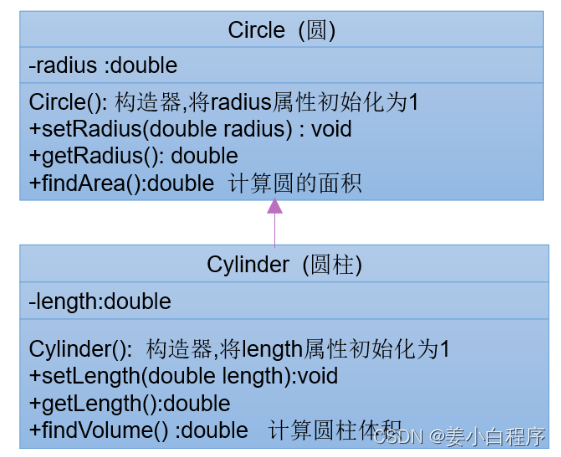
package chapter07_oop2_teacher.src.com.atguigu03._extends.exer2;
/**
* ClassName: Circle
* Description:
*
* @Author 尚硅谷-宋红康
* @Create 10:00
* @Version 1.0
*/
public class Circle {
private double radius;//半径
public Circle(){
this.radius = 1;
}
public double getRadius() {
return radius;
}
public void setRadius(double radius) {
this.radius = radius;
}
//求圆的面积
public double findArea(){
return 3.14 * radius * radius;
}
}
package chapter07_oop2_teacher.src.com.atguigu03._extends.exer2;
/**
* ClassName: Cylinder
* Description:
* 圆柱类
* @Author 尚硅谷-宋红康
* @Create 10:01
* @Version 1.0
*/
public class Cylinder extends Circle{
private double length;//高
public Cylinder(){
length = 1;
}
public double getLength() {
return length;
}
public void setLength(double length) {
this.length = length;
}
//求圆柱的体积
public double findVolume(){
// return 3.14 * getRadius() * getRadius() * getLength();
return findArea() * getLength();
}
}
package chapter07_oop2_teacher.src.com.atguigu03._extends.exer2;
/**
* ClassName: CylinderTest
* Description:
*
* @Author 尚硅谷-宋红康
* @Create 10:04
* @Version 1.0
*/
public class CylinderTest {
public static void main(String[] args) {
Cylinder cy = new Cylinder();
cy.setRadius(2.3);
cy.setLength(1.4);
System.out.println("圆柱的体积为:" + cy.findVolume());
System.out.println("圆柱的底面积:" + cy.findArea());
}
}





